It seems like creating a vacuum should be a pretty easy job, but it turns out that sucking all the air out of something is harder than it seems. A cheap vacuum pump will get you part of the way there, but to really pull a hard vacuum, you need an oil diffusion pump that costs multiple tens of thousands of dollars.
Or, you need a bunch of thrift store junk, a TIG welder, and a can of WD-40. At least that’s what [Lucas] put into his homebrew oil diffusion pump. The idea of such a contraption is to vaporize oil in a chamber such that the oil droplets entrain any remaining gas molecules toward an exhaust port. His low-budget realization of this principle involved a lot of thrift store stainless steel cookware, welded together with varying degrees of success, with liberal applications of epoxy to seal up any leaks. And an electric smores cooker for the heating element, which was a nice touch. The low-budget approach extended even to the oil for the pump; rather than shelling out for expensive specialty oil, [Lucas] distilled some from a WD-40 silicone spray lubricant.
The video below details all the travails [Lucas] encountered along the way, plus the testing process. The results were at least encouraging — the diffusion pump was pulling vacuum far in excess of what the roughing pump was capable of. He clearly still has some work to do, but getting as far as he did with the scrap heap of parts he cobbled together is pretty impressive.
[Lucas]’ goal with all this? A fusion reactor. No, not that kind. This kind. Continue reading “An Oil Diffusion Vacuum Pump From Thrift Store Junk”

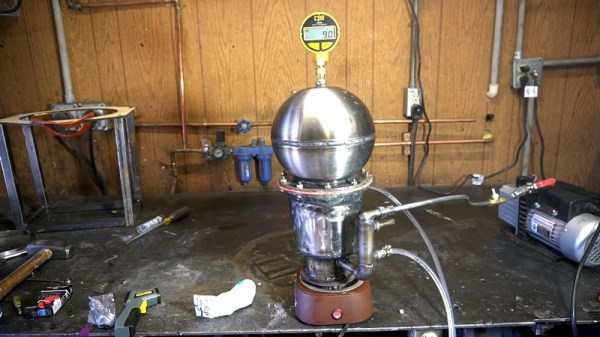

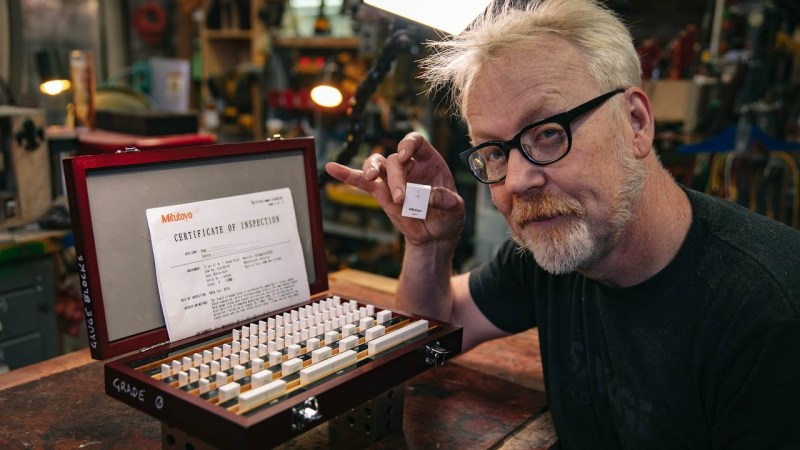
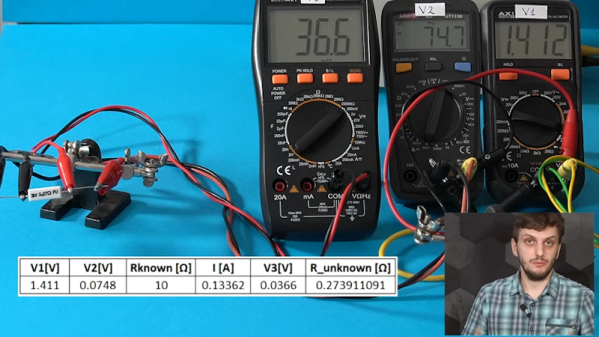

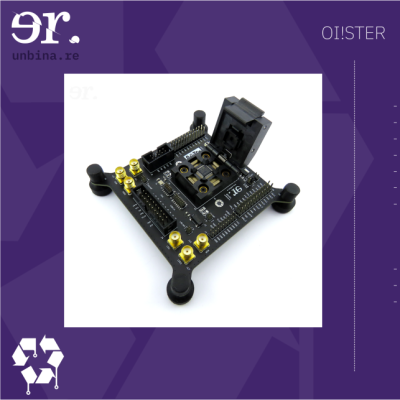 Unbinare’s tools are designed to work in harmony with each other, a requirement for any productive reverse-engineering effort. OI!STER is a general-purpose salvaged MCU research board, with sockets to adapt to different TQFP chip sizes. This board is Maurits’s experience in reverse-engineering condensed into a universal tool, including a myriad of connectors for different programming/debugging interfaces. We don’t know the board’s full scope, but the pictures show an STM32 chip inside the TQFP socket, abundant everywhere except your online retailer of choice. Apart from all the ways to break out the pins, OI!STER has sockets for power and clock glitching, letting you target these two omnipresent Achilles’ heels with a tool like ChipWhisperer.
Unbinare’s tools are designed to work in harmony with each other, a requirement for any productive reverse-engineering effort. OI!STER is a general-purpose salvaged MCU research board, with sockets to adapt to different TQFP chip sizes. This board is Maurits’s experience in reverse-engineering condensed into a universal tool, including a myriad of connectors for different programming/debugging interfaces. We don’t know the board’s full scope, but the pictures show an STM32 chip inside the TQFP socket, abundant everywhere except your online retailer of choice. Apart from all the ways to break out the pins, OI!STER has sockets for power and clock glitching, letting you target these two omnipresent Achilles’ heels with a tool like ChipWhisperer.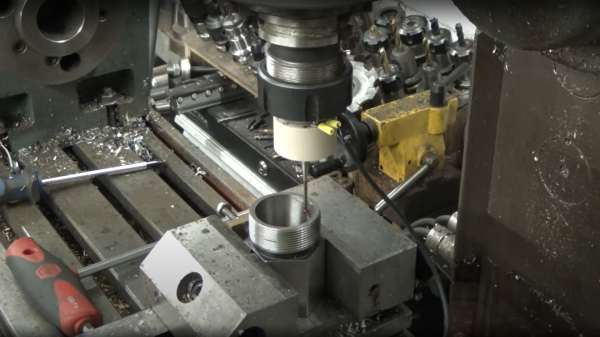
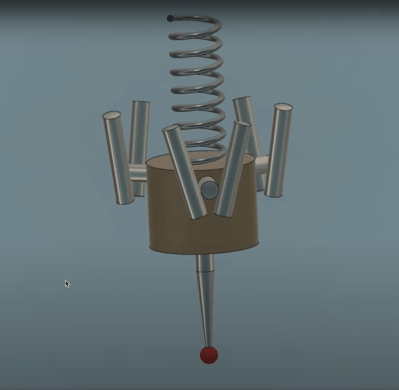
![USB to Dupont adapter by [PROSCH]](https://hackaday.com/wp-content/uploads/2022/01/2022-01-01-USB-to-DuPont-adapter-feat.jpg?w=600&h=450)









